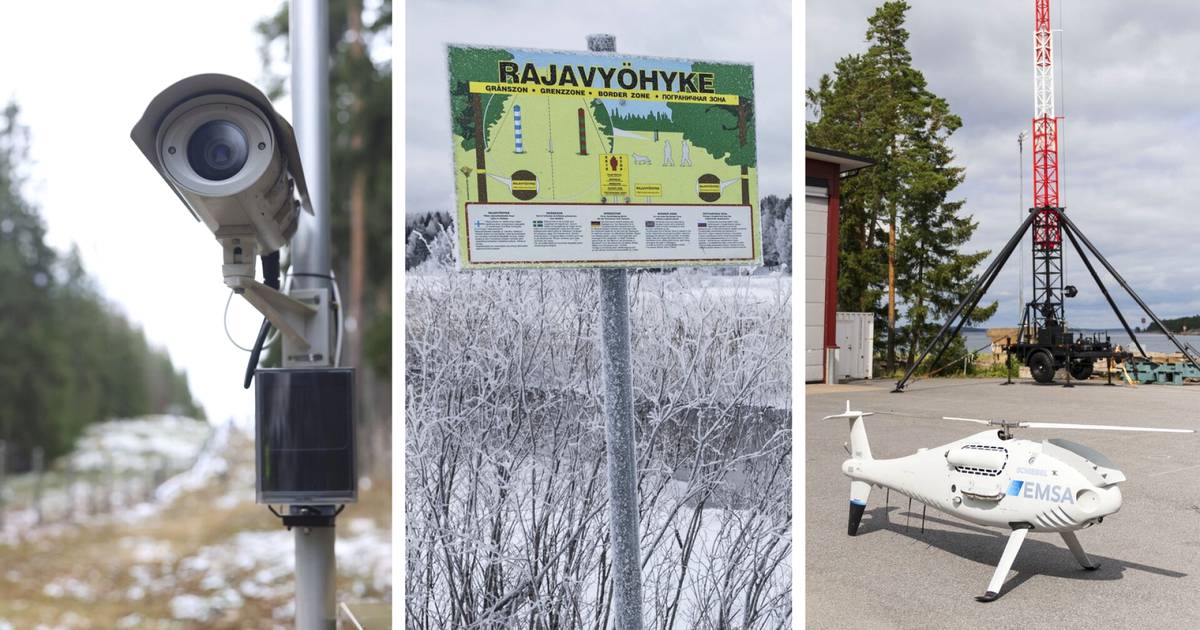Finland is active in maintaining border security with newly erected fence structures, but the surveillance at the border is more focused on wireless devices rather than physical fences. The Border Guard utilizes both fixed and portable surveillance technology on the eastern border, focusing on wireless and digital monitoring instead of traditional fences. Radio waves are the primary means of monitoring movements at the border, with devices emitting radio waves such as mobile phones and surveillance cameras allowing authorities to track individuals. Drones are also utilized for surveillance, detecting crossers day and night using cameras and thermal imaging. The use of facial recognition technology can help identify individuals crossing the border.
Despite advances in border surveillance technology, human rights organizations and defenders of the Geneva Refugee Convention advocate for the rights of refugees. Efforts to close legal routes and the rise of human smuggling as a multi-billion euro business have created challenges for border security. Market pressures and the movement of goods and capital across borders further complicate efforts to restrict movement indefinitely. The European Union effectively handled the flow of refugees from Ukraine using temporary protection directives, showcasing that even large groups of people can legally move across borders in a managed manner.
While advanced border barriers may seem impenetrable, history has shown that determined individuals can find ways to overcome even the toughest obstacles. Despite various methods of detection and countermeasures employed, people continue to find ways to cross borders, driven by strong incentives and the need to move.


